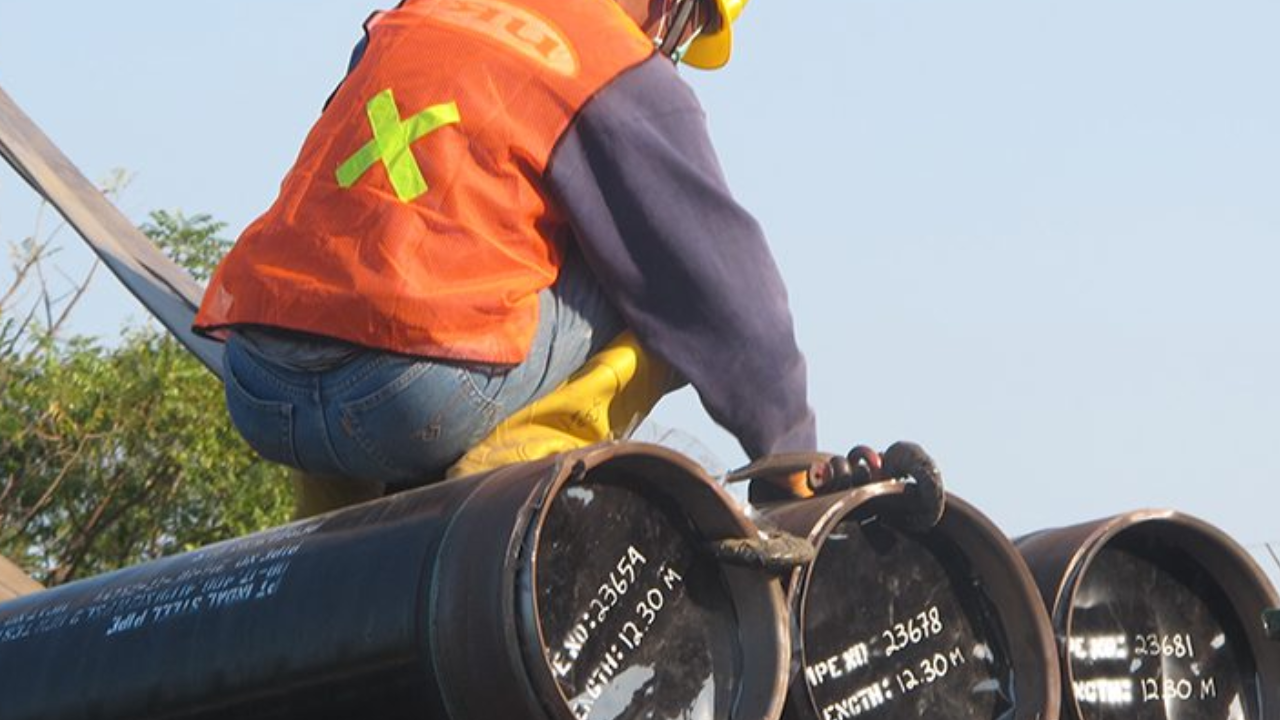Steel tubing plays a pivotal role in the construction industry, serving as a fundamental component that shapes the framework and stability of diverse structures. Renowned for its strength, durability, and versatility, steel tubing has become an indispensable material in modern construction practices.
Its unique tubular design allows for efficient load distribution, making it an ideal choice for building frames, bridges, and various architectural applications. Whether used in residential, commercial, or industrial construction projects, steel tubing provides structural integrity while accommodating creative and intricate designs.
The inherent properties of steel, coupled with advancements in manufacturing processes, corrosion protection methods, and steel tubing manufacturer, ensure that steel tubing not only meets stringent engineering standards but also contributes to the longevity and resilience of the built environment. As construction practices evolve, steel tubing remains a cornerstone, embodying the principles of reliability.
What Is The Importance Of Surface Finish In Steel Tubing?
The surface quality of steel tubing is important for several reasons. A smooth surface improves the tubing's appearance, making it appropriate for architectural applications. Furthermore, a well-finished surface improves corrosion resistance, extending the life of the tubing. A polished or coated surface in industrial applications can improve fluid flow, reduce friction, and increase overall system efficiency when using steel tubes.
Role of Steel Tubing in Construction
Detailed information regarding steel tubing's role in construction is listed below:
Structural Support
Steel tube serves as the foundation for many structures, forming crucial components like columns and beams. Steel's exceptional strength-to-weight ratio allows architects and engineers to design open and airy interiors with slim yet sturdy supports. Steel tubing is required in the construction of trusses and frames because it provides structural elements for roofs, bridges, and other large-span structures.
Architectural Design
Steel tubing's adaptability enables architects to push the frontiers of design, creating functional and visually appealing structures. The ability to bend and shape steel tubing allows for the creation of inventive and one-of-a-kind architectural elements, such as curving staircases and elaborate facades. Steel tubing enhances the modern appearance of structures, especially in contemporary and industrial designs.
Scaffolding and Formwork
Steel tubing is a critical component in scaffolding and formwork systems. Its strength, durability, and versatility make it an excellent choice for creating safe and stable work platforms during construction activities. Steel tubing's versatility extends to the creation of temporary structures such as stages, platforms, and supports for construction projects and events. Its modular design facilitates assembly and disassembly, making it a versatile option for a wide range of applications.
Pipes and Conduits
Steel tubing, particularly when used as pipes and conduits, is essential for plumbing and utility systems in structures. Its durability and resistance to corrosion make it a dependable choice for transporting water, gas, and other services throughout a building. Steel tubing is used to transfer air and other fluids in HVAC systems. Its smooth inside surface allows for optimal flow, while its strength protects the system's integrity.
Framing and Support Systems
Steel tubing is widely utilized in the manufacture of door and window frames. Its strength and longevity contribute to the stability of these frames, which provide enough support for doors and windows in both residential and commercial buildings. Steel tubing plays an important role in modern curtain wall systems. The tube serves as the framework for exterior cladding, providing structural support while allowing for wide expanses of glass for natural light and panoramic vistas.
Bridges and Infrastructure
Steel tubes are commonly used in bridge construction because of their great strength and load-bearing capacity. Tubular steel parts help to build bridge structures that can span rivers, highways, and other barriers efficiently and safely. Steel tubing is commonly utilized in urban and architectural design to build pedestrian walkways and canopies. These structures provide both shelter and a visually pleasing architectural element in public spaces, contributing to the overall design of urban surroundings.
Remarks
Steel tubing is an essential element in the construction industry, offering the strength, versatility, and creativity demanded by modern building methods. Steel tubes are important in sculpting city skylines and ensuring space functionality. As construction technologies and design aesthetics evolve, the value of steel tubes remains constant, establishing it as a core element in the built environment.


